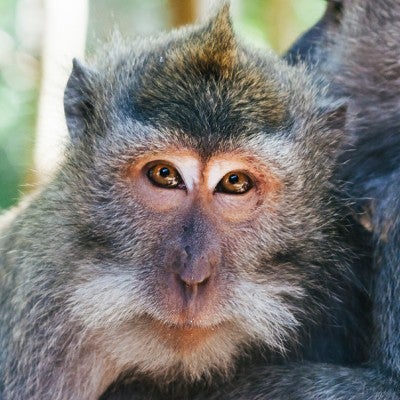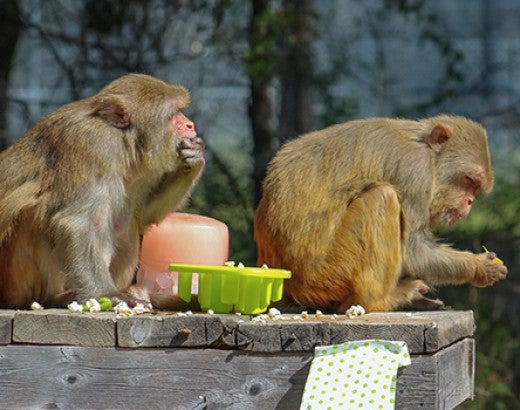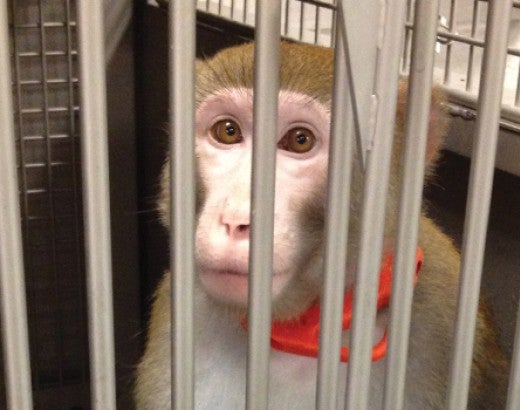Their resemblance to people has cost them: Researchers experiment on monkeys, particularly rhesus macaques, in labs, where more than 100,000 languish in the United States. In Asia, Africa and Central and South America, they are trapped in the wild for the pet and research trade. The Centers for Disease Control bans their import into the United States, but Americans seeking exotic pets buy smuggled animals or surplus monkeys from labs and zoos.

Monkeys evolved to live in highly social groups of other monkeys and range over large areas. They can survive as long as 40 years. No matter how much they look like people, monkeys are wild animals and because of this, as they get older, their behavior is unpredictable and dangerous for human owners, who often resort to caging them, chaining them or removing their teeth.

Monkeys have tails, while apes such as chimpanzees and gorillas do not. New World monkeys have prehensile tails they can use to grab and hold things—a useful adaptation for living in trees.

For every animal saved, countless others are still suffering. By stepping up for them, you can create a future where animals no longer have to suffer in puppy mills, factory farms, testing labs or other heartbreaking situations. Start saving lives today!



